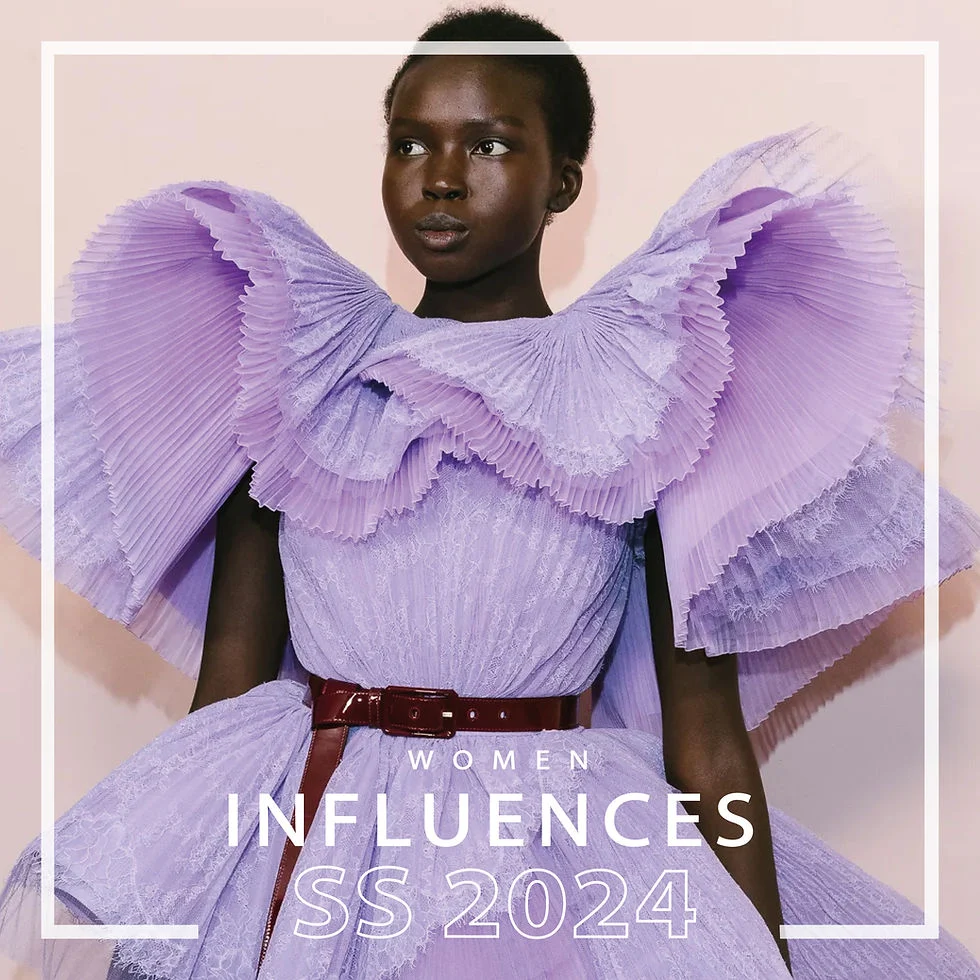In recent years, the fashion industry has witnessed a significant shift towards sustainability, with “Sustainable Fabrics: The Future Of Eco-friendly Fashion” emerging as a pivotal theme. As consumers become increasingly aware of the environmental impact of their clothing choices, the demand for eco-friendly materials has surged. This article delves into the innovative fabrics that are not only stylish but also contribute to a more sustainable future, highlighting the importance of making conscious fashion choices.
Throughout this exploration, you will discover a variety of sustainable fabrics, from organic cotton and hemp to recycled polyester and Tencel. Each of these materials offers unique benefits, such as reduced water usage, lower carbon footprints, and biodegradable properties. We will also discuss the technological advancements that are making these fabrics more accessible and affordable, ensuring that eco-friendly fashion is not just a trend but a lasting movement.
Moreover, we will examine the role of brands and designers in promoting sustainable practices within the industry. By showcasing examples of companies that prioritize eco-friendly materials, we aim to inspire both consumers and industry professionals to embrace sustainable fashion. Join us as we uncover the future of fashion, where style meets sustainability, and learn how you can make a positive impact with your wardrobe choices.
Stay with us to explore the fascinating world of sustainable fabrics and discover how you can contribute to a greener planet while looking fabulous. The journey towards eco-friendly fashion is just beginning, and your choices matter!
As the fashion industry faces increasing scrutiny over its environmental impact, sustainable fabrics have emerged as a vital component of eco-friendly fashion. This article explores various aspects of sustainable fabrics, highlighting their importance and potential in shaping the future of the industry.
Understanding Sustainable Fabrics
Sustainable fabrics are materials that are produced with minimal environmental impact. They are often made from organic or recycled materials, which help reduce waste and pollution. The production processes for these fabrics typically prioritize renewable resources and ethical labor practices, making them a more responsible choice for consumers.
Common examples of sustainable fabrics include organic cotton, Tencel, hemp, and recycled polyester. Each of these materials has unique properties that contribute to their sustainability, such as lower water usage, reduced chemical inputs, and the ability to biodegrade or be recycled at the end of their life cycle.
The Benefits of Using Sustainable Fabrics
One of the primary benefits of sustainable fabrics is their reduced environmental footprint. By choosing materials that are grown or produced sustainably, consumers can help decrease the demand for harmful practices such as deforestation, excessive water consumption, and chemical pollution. This shift not only benefits the planet but also promotes healthier ecosystems.
Additionally, sustainable fabrics often offer superior quality and durability compared to conventional materials. This longevity means that garments made from these fabrics can last longer, reducing the frequency of purchases and ultimately leading to less waste in landfills.
Popular Sustainable Fabrics in Fashion
Several sustainable fabrics have gained popularity in the fashion industry, each with its unique characteristics. Organic cotton, for instance, is grown without synthetic pesticides or fertilizers, making it a safer choice for both the environment and farmers. Tencel, made from sustainably sourced wood pulp, is known for its softness and biodegradability.
Other notable fabrics include linen, derived from the flax plant, which requires less water and pesticides, and recycled polyester, made from post-consumer plastic bottles. These materials not only reduce waste but also help to close the loop in the fashion supply chain.
The Role of Technology in Sustainable Fabric Production
Advancements in technology are playing a crucial role in the development of sustainable fabrics. Innovations such as 3D knitting and digital printing reduce waste by allowing for more precise production methods. Additionally, biotechnology is being explored to create new materials from natural resources, such as lab-grown leather and bio-fabricated textiles.
These technological advancements not only enhance the sustainability of fabric production but also open up new possibilities for design and customization, allowing brands to create unique, eco-friendly products that appeal to conscious consumers.
The Impact of Consumer Choices on Sustainable Fashion
Consumer awareness and demand for sustainable fashion are driving significant changes in the industry. As more people seek eco-friendly options, brands are increasingly prioritizing sustainable fabrics in their collections. This shift is encouraging manufacturers to adopt more responsible practices and invest in sustainable materials.
By making informed choices, consumers can influence the market and support brands that prioritize sustainability. This collective effort can lead to a more sustainable fashion industry, where eco-friendly practices become the norm rather than the exception.
Challenges in the Adoption of Sustainable Fabrics
Despite the growing interest in sustainable fabrics, several challenges remain. One major issue is the higher cost of sustainable materials, which can deter both consumers and manufacturers. Additionally, the availability of sustainable fabrics can be limited, making it difficult for brands to source the materials they need.
Moreover, there is often a lack of transparency in the supply chain, making it challenging for consumers to know whether a product is genuinely sustainable. Addressing these challenges requires collaboration between brands, suppliers, and consumers to create a more transparent and accessible market for sustainable fabrics.
Future Trends in Sustainable Fabrics
The future of sustainable fabrics looks promising, with several trends emerging in the industry. One notable trend is the increasing use of plant-based materials, such as mushroom leather and algae-based textiles, which offer innovative alternatives to traditional fabrics.
Additionally, the rise of circular fashion is encouraging brands to design garments with their entire lifecycle in mind, promoting recycling and upcycling. As technology continues to advance, we can expect to see even more sustainable options becoming available, further transforming the fashion landscape.
How to Incorporate Sustainable Fabrics into Your Wardrobe
Incorporating sustainable fabrics into your wardrobe is easier than ever. Start by researching brands that prioritize sustainability and offer eco-friendly options. Look for certifications such as GOTS (Global Organic Textile Standard) or OEKO-TEX, which indicate responsible production practices.
Additionally, consider thrifting or buying second-hand clothing, which helps reduce waste and extends the life of garments. By making conscious choices and supporting sustainable brands, you can contribute to a more eco-friendly fashion industry.
| Aspect | Description |
|---|---|
| Definition | Sustainable fabrics are materials produced with minimal environmental impact, focusing on renewable resources and ethical practices. |
| Types of Sustainable Fabrics | Common types include organic cotton, hemp, Tencel, recycled polyester, and bamboo, each offering unique benefits. |
| Environmental Benefits | These fabrics reduce water usage, minimize chemical pollution, and lower carbon footprints compared to conventional fabrics. |
| Social Impact | Sustainable fabric production often involves fair labor practices, supporting local communities and ensuring worker rights. |
| Consumer Awareness | Growing awareness among consumers about the environmental impact of fashion is driving demand for sustainable options. |
| Challenges | Challenges include higher production costs, limited availability, and the need for consumer education on sustainable choices. |
| Future Trends | Innovations in fabric technology, increased recycling efforts, and a shift towards circular fashion are shaping the future of sustainable fabrics. |



